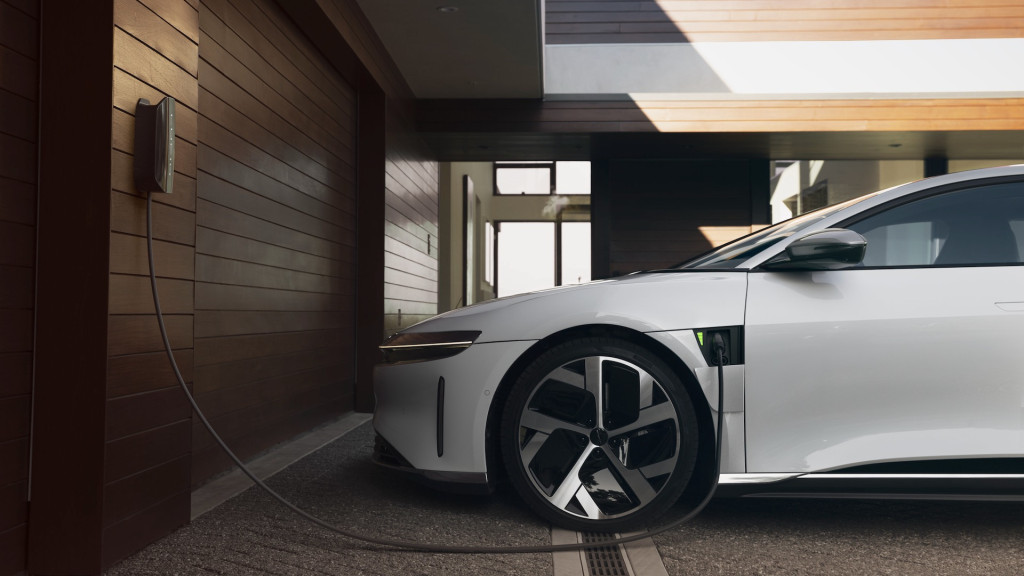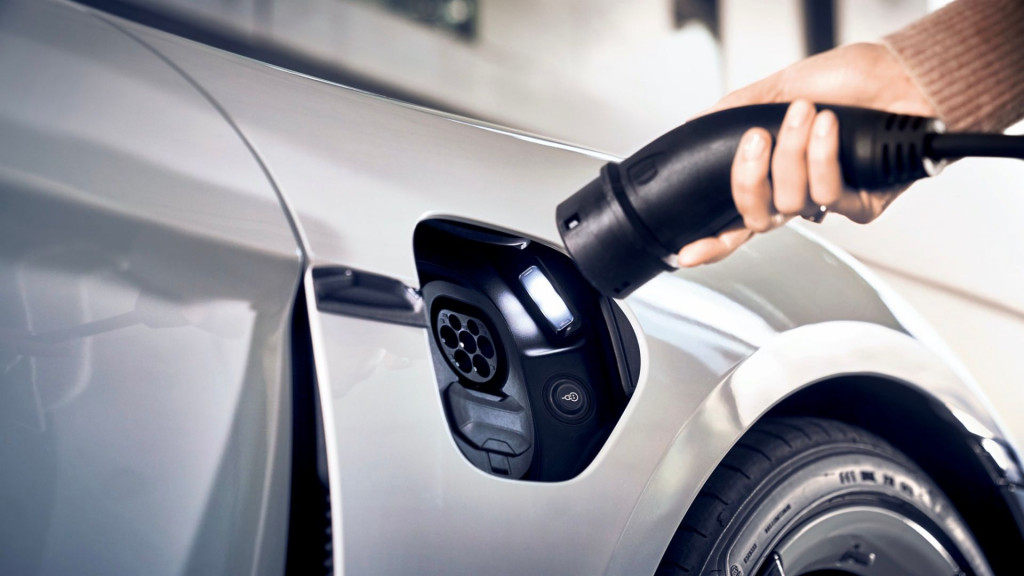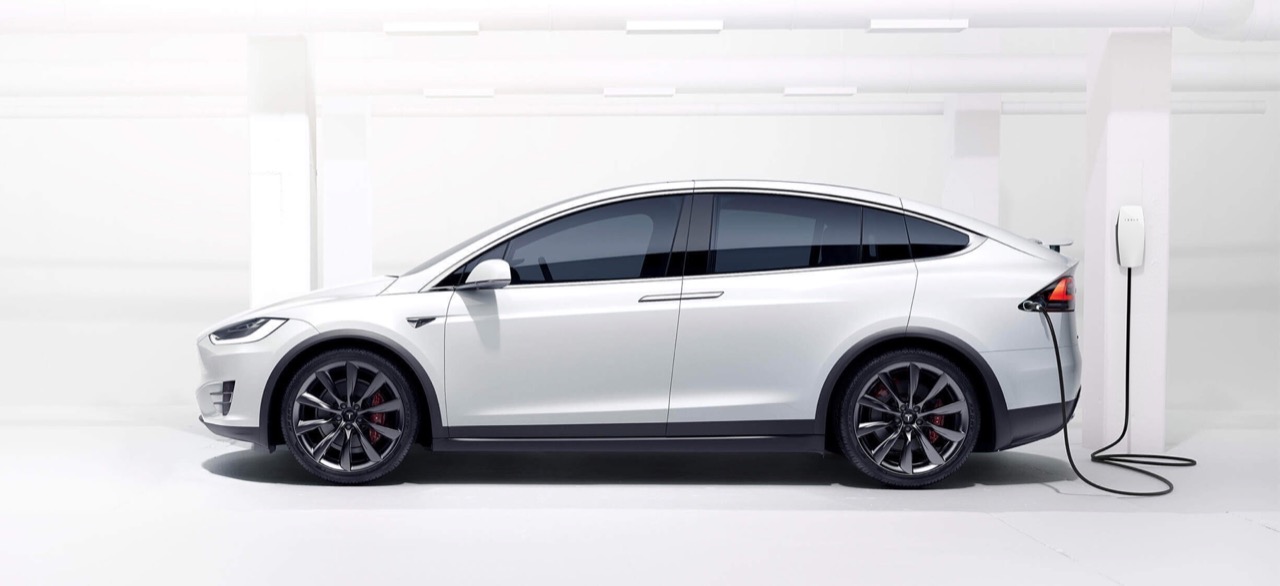EVs could help drive down electricity rates by better-utilizing grid infrastructure, according to three recent studies summarized by the American Council for an Energy-Efficient Economy (ACEEE), an energy-policy advocacy organization.
These studies describe a shift to a higher, but better-distributed electricity load that makes better use of infrastructure and thus more consistently covers the costs of generation. That means lower prices per kwh. And most utilities are obligated to pass some of that savings along to ratepayers.

Lucid Connected Home Charging Station
The first study the ACEEE looked at was published in Apr. 2023 by Synapse Energy Economics. It investigated charging infrastructure investments for electric trucks and the impact of truck electrification on rates for New York State’s two largest utilities. It found that an increase in net revenues could offset both utilities’ investments to accommodate increased EV charging—allowing for small rate reductions.
The second study, from the Lawrence Berkeley National Laboratory, was published in Feb. 2023 and found that varying rates of EV market penetration and impact on grid demand could result in anywhere from a 0.5% increase to a 1% decrease in electricity rates over 20 years. The pattern was generally some rate increases in early years due to front-loading of costs to accommodate increased EV charging and limited new revenues, but rate decreases in later years as revenue built up.
And in a Dec. 2022 study Synapse, which conducted the New York study, also looked at costs and revenue associated with EVs in the service areas of California’s three largest utilities from 2012 to 2021. The study found that, over this period, EV drivers « contributed approximately $1.7 billion more in revenue than the associated cost, » which drove down rates for all utility customers. That’s because only 8% to 17% of EV charging studied occurred during peak hours.

Porsche Taycan charging
Lower utility rates could in turn remove an obstacle to further EV adoption. Cost misconceptions remain at the core of what at least one study last year saw as waning EV interest. Another study found that home electricity price hikes in the U.S. East Coast have soured home-charging satisfaction.
Gas prices are due to drop in 2024, as electricity prices might continue to rise somewhat—although it still costs much less to « fuel » an EV. And unlike gasoline cars, EVs will keep getting cleaner as the grid shifts to renewable energy sources.

